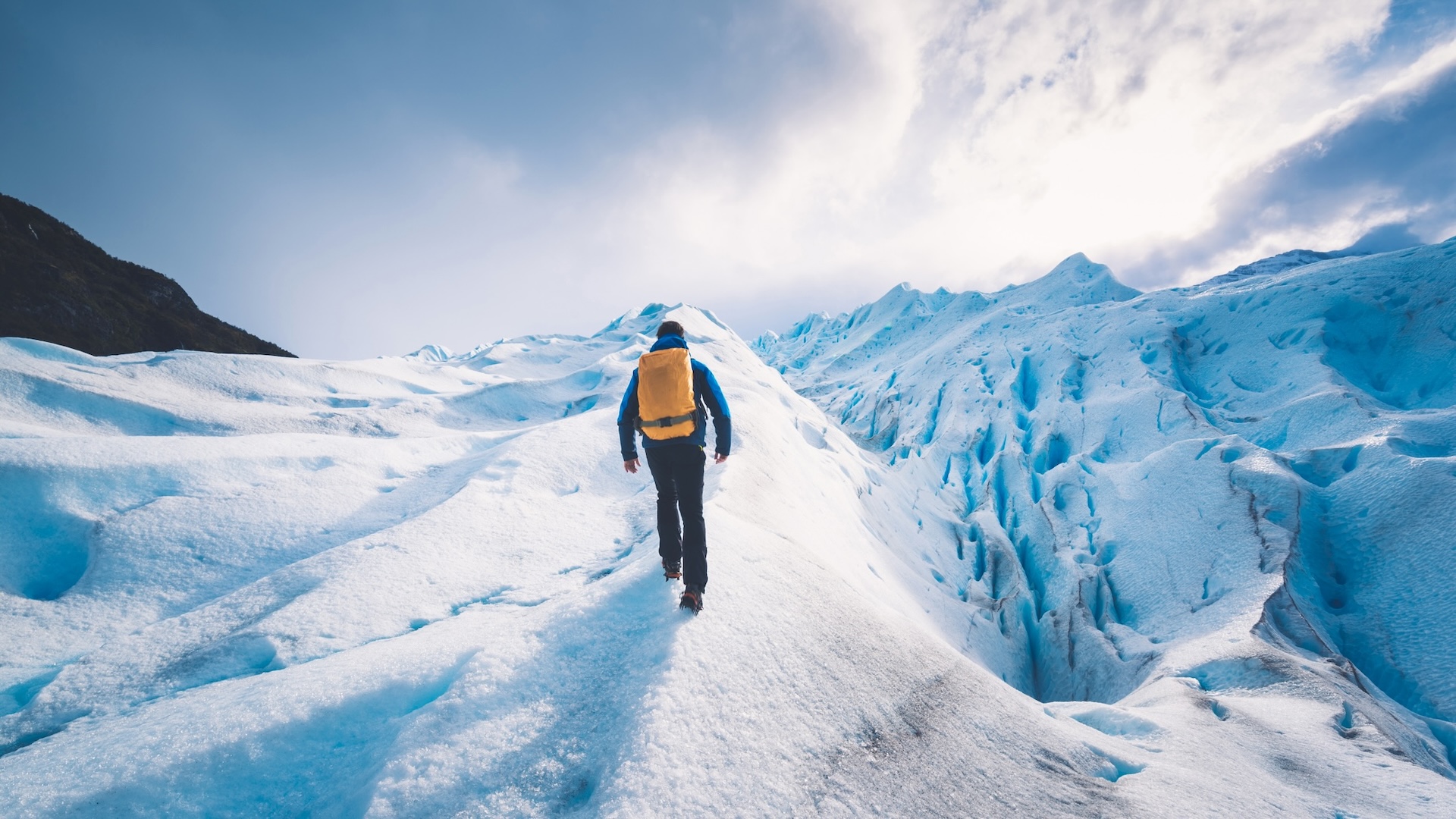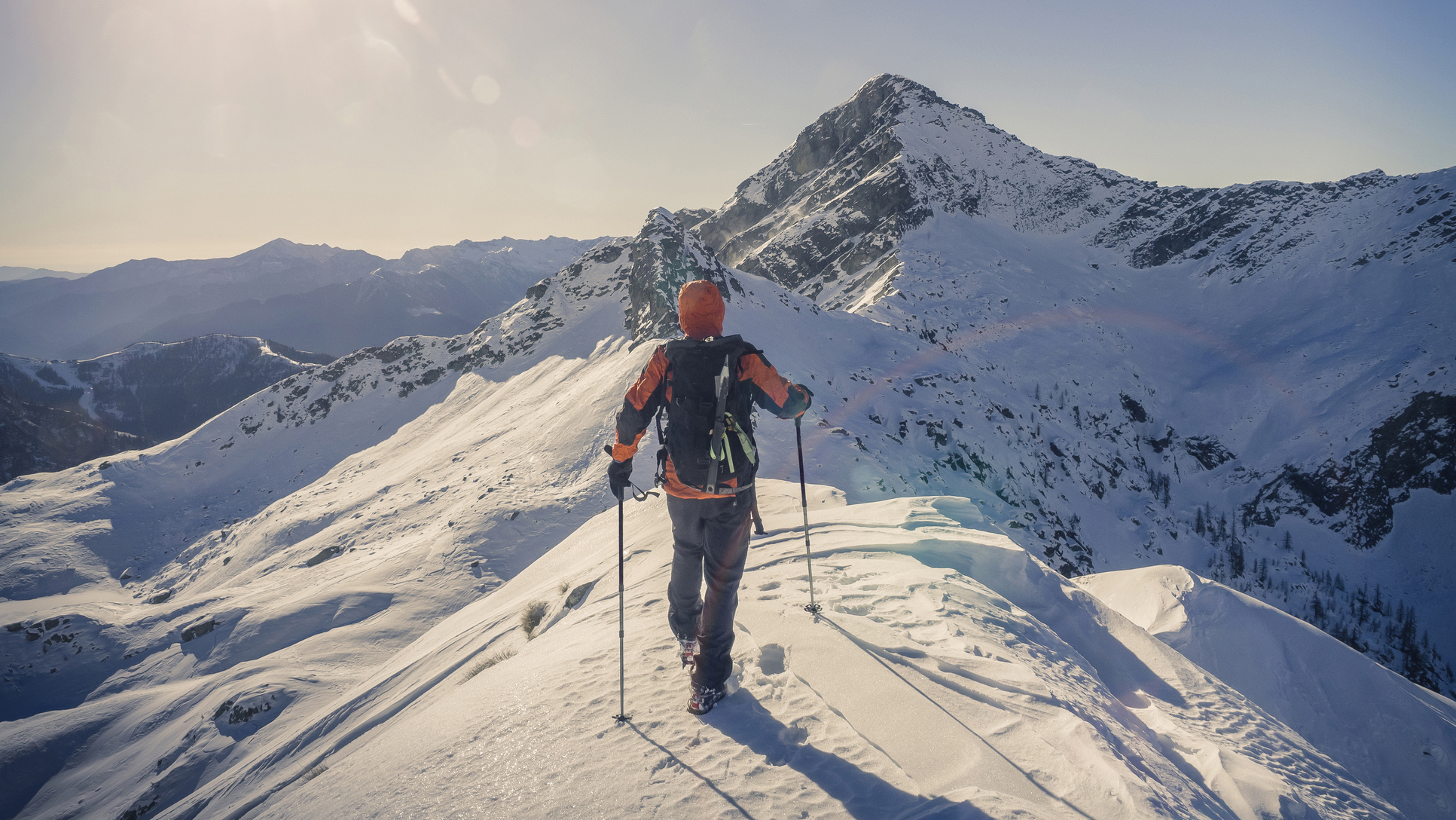
Mountain rescue crews in California issued a public warning this week after being involved in an overnight rescue of a hiker who became lost in the snow.
According to a Facebook post by El Dorado Search and Rescue, a call came in at midnight on Thursday for a hiker who was lost near the summit of Mount Tallac, a 9,739ft peak in the Sierra Nevadas near South Lake Tahoe.
"The hiker was reportedly not prepared for the cold temperatures and couldn’t find his way back down the snowy trail," reports EDSAR.
Fortunately, the hiker was able to communicate their coordinates to emergency services and a team of two deployed to the scene on foot, where they encountered "several inches of snow and very slippery conditions" about midway up the 4.8-mile ascent. The same snow that had obscured trail markings also helped the team members to quickly locate the hiker before summiting.
"Before reaching the coordinates the rescuers found tracks heading down the hill and followed those, correctly assuming the lost hiker was the only other person on the mountain."
The duo made contact with the hiker at 4 a.m. using lights and whistles and began warming them up with the help of two more mountain rescue team members before hiking down an easier trail and arriving at the trailhead at 7:30 a.m.

The incident prompted EDSAR to remind all hikers and outdoor recreationists to prepare for any adventure with proper navigation tools and gear for the conditions.
"It only takes a few inches of snow to cover all signs of a trail."
Mount Tallac is a popular but challenging prominent peak near the southwestern side of Lake Tahoe. AllTrails recommends all hikers be aware of avalanche risk, while recent trip reports from other hikers report lots of snow on the peak.
What do you need for winter hiking?
Though GPS technology and route finding apps have made navigation a far sight easier than in the past, it's always advised to carry a topographical map of the area where you're hiking and a compass. Of course, you'll also need to know how to use them, but these additional navigational aids don't rely on batteries, like your phone or GPS watch, and let you safely change your plan when visibility is poor and a trail is difficult to follow.
For winter adventures, it's also important to wear or carry the following:
- Base layer (merino wool preferable)
- Insulated mid layer such as a fleece or down jacket
- Waterproof jacket and rain pants, which can provide protection from the wind in dry conditions
- Insulated hiking gloves, hat and ski mask
- Winter hiking boots and wool hiking socks
- Trekking poles
- An emergency shelter
- A headlamp and whistle
- A means to call for help, such as an iPhone with the SOS function or a satellite communicator like the Garmin InReach
- A hiking flask with a hot beverage, and plenty of snacks







